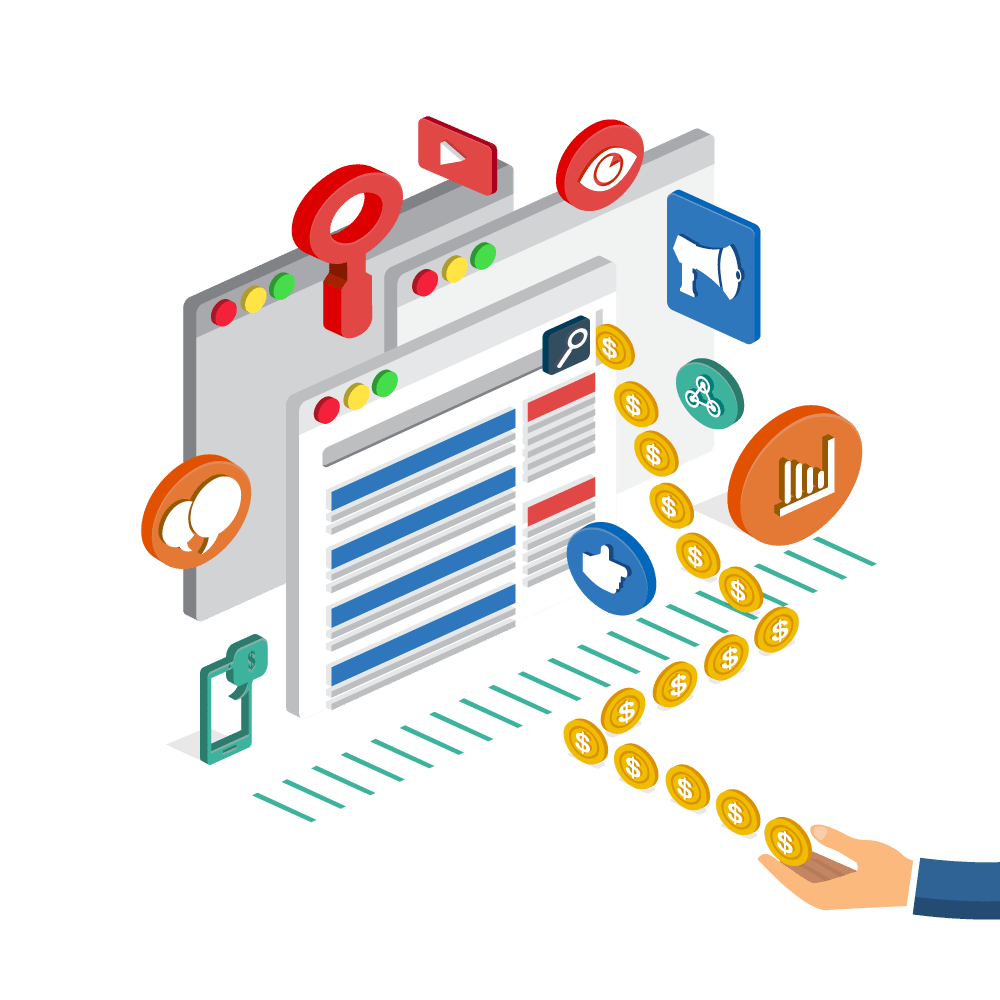Slow website load speed can be detrimental to user experience, SEO rankings, and overall online success. Therefore, optimizing website load speed has become a crucial aspect of web development and maintenance. Understanding the factors that affect load speed and implementing best practices can significantly enhance website performance. In this article, we delve into the importance of website load speed, explore key factors influencing load times, and provide actionable strategies for optimizing website speed to ensure a seamless and efficient user experience.
**1. Importance of Website Load Speed**
**1.1 Impact on User Experience**
Imagine waiting for a snail to cross the road – that’s how users feel when a website takes forever to load. Slow load speeds lead to frustration, impatience, and a higher bounce rate. Ain’t nobody got time for that!
**1.2 Influence on SEO and Search Rankings**
Google is a bit of a speed freak (in a good way). Faster websites get brownie points in search rankings. So, if you want Google to give your site a high-five, speed it up!
**2. Factors Affecting Website Load Speed**
**2.1 Server Performance and Hosting**
It’s like hosting a party. If your server is slow, your website will be the dud at the party. Opt for a reliable hosting provider like the cool kid that keeps the party going all night.
**2.2 Website Design and Code Efficiency**
Nobody likes a messy room, and the same goes for website code. Clean, efficient code means a faster load time. Keep it organized like Marie Kondo on a coding spree!
**3. Optimizing Images and Multimedia Content**
**3.1 Image Compression and Formats**
Images are great, but they can be hefty. Compress them like squeezing into skinny jeans after Thanksgiving dinner – it’s a must for a sleek website.
**3.2 Lazy Loading Techniques**
Lazy loading is like making your website chill – it loads content only when users need it. Just like your friend who only gets up from the couch when pizza arrives.
**4. Implementing Browser Caching and Compression Techniques**
**4.1 Setting Up Browser Caching Policies**
Browser caching is like reminding your friend about that inside joke – it remembers stuff so your website loads faster on return visits. Set it up like a pro to keep things speedy.
**4.2 Gzip Compression for Faster Loading**
Gzip compression is like vacuum-sealing your clothes for a trip – it squishes things smaller for easier transport (loading). Give your website the Gzip treatment for a smoother ride on the internet highway!### 5. Minimizing HTTP Requests and Reducing Server Response Time
When it comes to optimizing your website’s load speed, reducing the number of HTTP requests and improving server response time are crucial. One way to tackle this is by combining and minifying CSS and JavaScript files. By squishing these files together, you’re cutting down on the number of requests your server needs to handle, which can significantly speed up load times. Another smart move is to fine-tune your database queries and server configuration. By optimizing how your server interacts with the database, you can trim down response times and make sure your site runs like a well-oiled machine.
### 6. Prioritizing Content Loading and Deferring Non-Critical Resources
It’s all about timing when it comes to loading content on your website. Critical rendering path optimization ensures that essential parts of your site are loaded first for a snappy user experience. On the flip side, deferring non-critical resources like scripts and stylesheets means these less important elements can load after the main content, preventing them from slowing down the initial page display. Asynchronous loading of these resources also helps speed things up by allowing multiple elements to load simultaneously, rather than one after the other.
### 7. Monitoring and Testing Website Performance
You can’t improve what you don’t measure, so keeping tabs on your website’s performance is key. Utilize tools for performance monitoring to track how your site is handling traffic and pinpoint areas that need optimization. Regular website speed tests are like health check-ups for your site – they help you catch slow load times or bottlenecks before they become major issues. Stay on top of your website’s performance to ensure it’s always running at top speed.
### 8. Leveraging Content Delivery Networks (CDNs) for Faster Load Times
Content Delivery Networks (CDNs) are like speed demons for your website, ensuring that content is delivered lightning-fast to users around the world. The benefits of using CDNs are numerous, from reducing latency to handling high traffic volumes with ease. Implementing CDN integration for your website means spreading your content across multiple servers worldwide, so users always get the quickest access possible. Boost your website’s load times by harnessing the power of CDNs – your users will thank you for it!In conclusion, by implementing the best practices outlined in this article, website owners can improve load speed, enhance user satisfaction, and boost search engine rankings. Monitoring performance regularly, optimizing content delivery, and prioritizing critical resources are essential steps in achieving a fast and efficient website. By focusing on website load speed optimization, businesses can drive engagement, increase conversions, and establish a competitive edge in the digital landscape.
FAQ
1. How does website load speed impact SEO?
2. What tools can I use to monitor and test my website’s performance?
3. How can I optimize images without compromising quality?

AdHang.com is the No.1 agency for digital marketing in Nigeria and the first Internet public enlightenment agency in Africa. AdHang has everything needed to achieve your digital marketing objectives and goals. From strategic digital marketing, a tactical approach to employing advanced digital marketing tools and technologies, using seasoned marketers with decades of marketing communications experience.








Comments